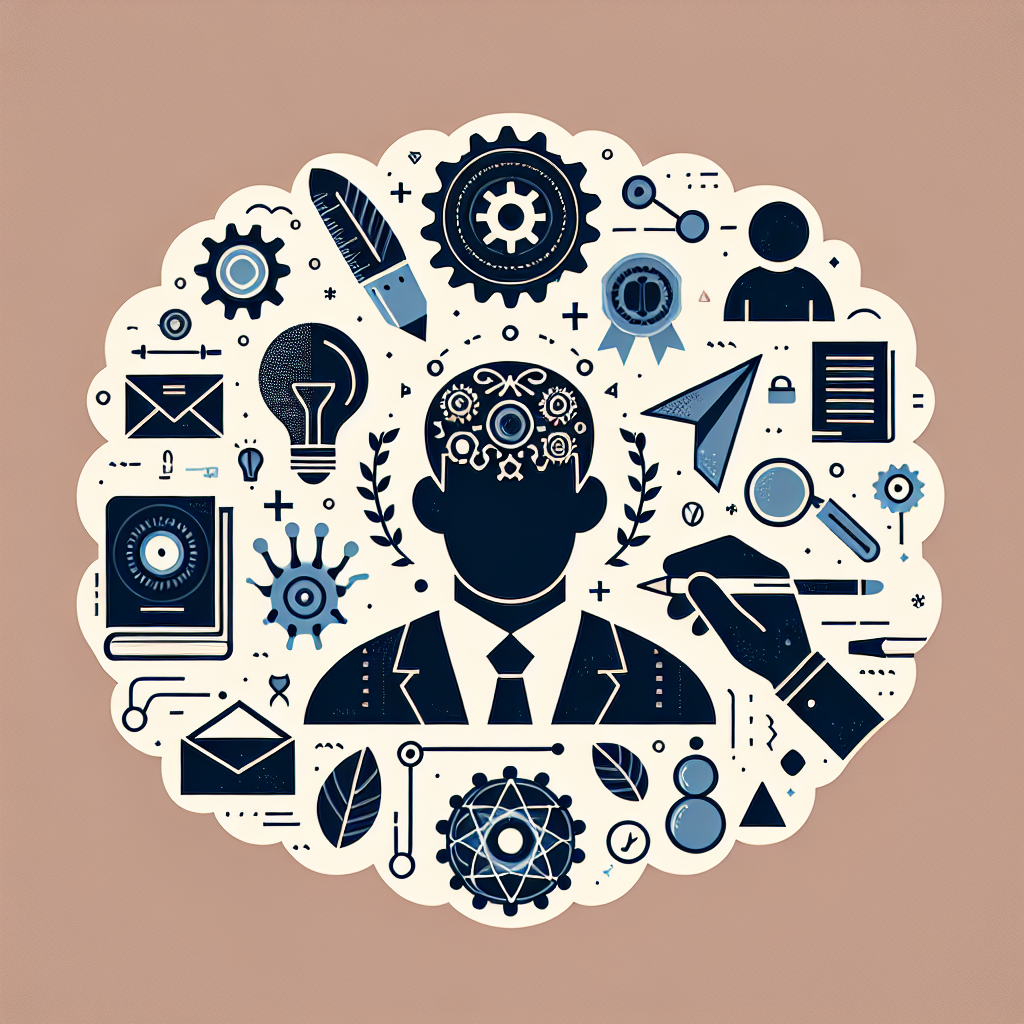Understanding AI GPT: Unraveling the Power and Potential of Generative Pre-trained Transformers
As the digital landscape rapidly evolves, so does the sophistication of AI technologies. Among these, AI GPT stands out, leveraging the immense power of generative pre-trained transformers to revolutionize various applications. In this article, we'll address frequently asked questions about AI GPT, diving into its unique capabilities, implications, and future trends.

Understanding AI GPT: Unraveling Its Power and Potential
In the past few years, AI GPT has emerged as a flagship technology in the realm of artificial intelligence. It has prompted numerous inquiries regarding its functionality, applications, and future developments. Below, we address some of the most pressing questions about AI GPT.
1. What exactly is AI GPT?
AI GPT, or Generative Pre-trained Transformer, is a neural network-based model designed for natural language processing tasks. Developed by OpenAI, this model is trained on a diverse range of internet text, allowing it to generate human-like text based on given prompts. Unlike traditional AI models, which may rely on specific datasets or rules, GPT excels in generating coherent and contextually relevant responses across myriad topics.
2. How does AI GPT work?
At its core, AI GPT utilizes a transformer architecture that processes a sequence of words not just in isolation, but by understanding the relationships each word has with its context. The model undergoes two main phases:
- Pre-training: In this phase, GPT learns from vast amounts of text data to understand grammar, facts, and different writing styles. This is done without specific task instructions, enabling the model to become contextually aware.
- Fine-tuning: After pre-training, the model is fine-tuned on specific datasets tailored for particular tasks, such as translation, summarization, or question-answering.
This two-step process allows AI GPT to perform exceptionally well in generating text that is coherent and contextually accurate.
3. What are the limitations of AI GPT?
Despite its remarkable capabilities, AI GPT does come with limitations:
- Data Quality: The model's performance is heavily reliant on the quality and diversity of the data it was trained on. If the training data contains biases, AI GPT may inadvertently produce biased or problematic outputs.
- Understanding Context: While GPT can generate contextually relevant answers, it lacks true understanding. The model doesn't have beliefs, desires, or an awareness of the world like a human does.
- Long-term Context Retention: AI GPT can struggle with retaining long-term context in prolonged conversations, leading to potential inconsistencies in responses.
4. Can AI GPT be used for creative writing?
Absolutely! AI GPT can assist in creative writing endeavors, providing inspiration, generating plot ideas, or even crafting entire narratives. Writers can use it in brainstorming sessions or to overcome writer's block. It's important to note, however, that while GPT can generate creative content, the final polish and emotional depth often require human input to truly resonate with an audience.
5. How is AI GPT being utilized in various industries?
The versatility of AI GPT has led to its adoption across multiple sectors:
- Healthcare: AI GPT is used to analyze patient interactions, streamline documentation processes, and offer preliminary responses to patient inquiries.
- Marketing: Businesses leverage AI GPT for content generation, creating engaging copy for web pages, advertisements, and social media posts.
- Education: Educators utilize AI GPT to generate quizzes, create instructional materials, and even provide feedback on student essays.
- Legal: AI GPT can assist in drafting legal documents, summarizing case law, and analyzing regulations quickly and efficiently.
6. How does AI GPT address concerns regarding misinformation?
While AI GPT can generate text that sounds plausible, it can also produce misleading information. To mitigate this risk, users and developers must prioritize responsible usage and implement verification mechanisms to validate the information generated. OpenAI and other organizations are also working on refining algorithms to detect and reduce the dissemination of false information.
7. What does the future hold for AI GPT?
The future of AI GPT looks promising with continuous advancements and research. Some anticipated trends include:
- Improved Contextual Understanding: Future iterations of AI GPT are likely to incorporate enhanced mechanisms for understanding context over longer interactions.
- Customization: Users may soon have the ability to fine-tune GPT models to align more closely with specific organizational needs, ensuring more relevant outputs.
- Ethical Guidelines: As AI technologies evolve, the need for robust ethical guidelines will become paramount, ensuring responsible usage and consideration of societal implications.
Conclusion
AI GPT represents a significant leap in natural language processing, offering exciting possibilities across various fields. While it possesses remarkable capabilities, users should remain mindful of its limitations and ethical implications. As research progresses, we can anticipate even more groundbreaking advancements in AI GPT, shaping the future of communication and interaction.
New posts

Understanding Model Y Wait Times: What to Expect in 2023
Tesla

Cathie Wood Latest: Insights into Her Investment Strategy and Market Moves
Investment

Understanding the Tesla Model Y Performance: A Comprehensive Guide
Tesla

Exploring the NIO ES7: Features, Performance, and What Sets It Apart
SUVs

Everything You Need to Know About Audi EV: Features, Models, and Innovations
Sustainability

Understanding the Zeekr X Price: What You Need to Know
Electric Vehicles

Exploring the Spaciousness of the Model Y Trunk Space: Everything You Need to Know
Tesla

Everything You Need to Know About the Xiaomi Car: Specs, Features, and Market Impact
Xiaomi

Exploring the Li Auto L8: A Comprehensive Guide to Features, Specs, and Owner Experience
SUVs

Exploring the Geely Radar RD6: All You Need to Know
Automotive
Popular posts

Everything You Need to Know About Tesla Day: Insights, Announcements, and More
Innovation

Everything You Need to Know About the Xiaomi Car: Specs, Features, and Market Impact
Xiaomi

Everything You Need to Know About the WeRide IPO
Startups

Tesla Market Share: Current Trends and Future Projections
Tesla

Everything You Need to Know About Tesla EV: Questions Answered
Tesla

Unveiling the Xiaomi SU7 EV Lei: What You Need to Know
Xiaomi

Everything You Need to Know About NIO Registrations: A Comprehensive Guide
Sustainability

Exploring Chinese Car Brands: A Deeper Dive into the New Innovators in the Automotive World
Innovation

Unlocking the Potential of Niopower: A Deep Dive Into Its Applications and Benefits
Innovation

Understanding NIO Pricing: A Comprehensive Breakdown
Electric Vehicles